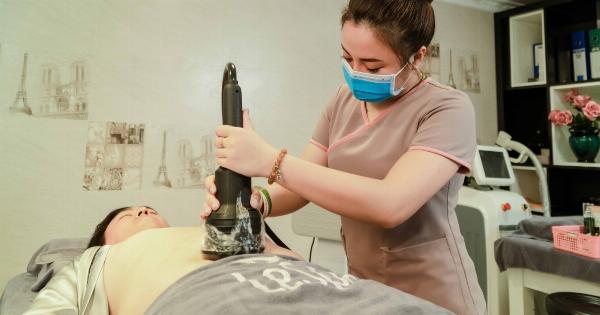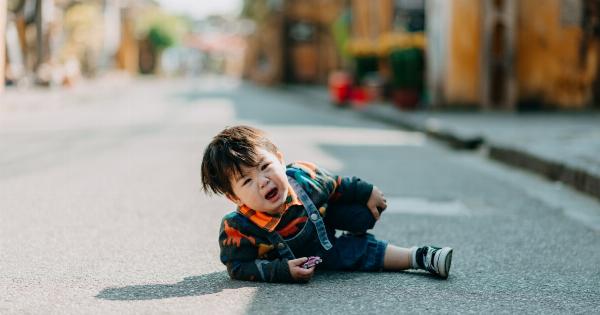Having a lice infestation is not only troublesome but also embarrassing. The tiny parasites that feed on human blood can be quite persistent and difficult to get rid of.
In this article, we will explore the causes of lice infestations and the potential consequences they can have on individuals and communities.
Cause #1: Direct Head-to-Head Contact
One of the primary causes of lice infestations is direct head-to-head contact with an infested individual.
Lice can easily crawl from one person’s hair to another’s, particularly in close quarters such as schools, households, or even during activities like hugging or sharing personal items like hats or combs.
Cause #2: Lack of Awareness and Education
Another significant cause of lice infestations is a lack of awareness and education about prevention measures. Many people may not be aware of the importance of regularly checking for lice or the proper steps to take in case of an infestation.
Without this knowledge, it becomes easier for lice to spread and infest multiple individuals.
Cause #3: Unhygienic Living Conditions
Unhygienic living conditions can also contribute to the prevalence of lice infestations. Lice thrive in dirty and crowded environments where the chances of direct contact increase.
Individuals living in overcrowded or unsanitary conditions may be at a higher risk of contracting lice.
Cause #4: Shared Personal Items
Shared personal items, such as hats, combs, brushes, or towels, can serve as vehicles for lice transmission. Lice can easily crawl onto these items and wait for a new host.
The lack of knowledge about the risks associated with sharing personal items further adds to the spread of lice infestations.
Cause #5: Lack of Effective Treatment
While over-the-counter lice treatment products are available, some infestations may not respond well to these treatments. Inadequate treatment or the use of ineffective remedies can prolong infestations and increase the risk of spreading to others.
Consequence #1: Severe Itching and Irritation
One of the most common consequences of lice infestations is severe itching and irritation of the scalp. Lice bites release saliva, which contains anticoagulant compounds that can lead to allergic reactions and intense itching.
Constant scratching can cause skin infections, leading to further complications.
Consequence #2: Psychological Impact
The presence of lice can have a significant psychological impact, particularly on children and teenagers. Individuals with lice may experience embarrassment, shame, and social isolation.
The fear of being stigmatized or ridiculed may lead to low self-esteem and behavioral changes.
Consequence #3: School and Work Disruptions
Lice infestations can cause disruptions in schools and workplaces. Many educational institutions have strict policies that require children with lice to be kept at home until they are lice-free.
Similarly, certain workplaces may have policies discouraging employees with active infestations from coming to work, which can lead to absenteeism and interruptions in productivity.
Consequence #4: Spread of Other Infections
Lice infestations can also contribute to the spread of other infections. Due to excessive scratching, the skin can become broken, creating entry points for bacteria.
These bacterial infections, if left untreated, can result in more severe health issues and complications.
Consequence #5: Financial Burden
Treating and eliminating lice infestations can also impose a financial burden.
The cost of over-the-counter treatments, prescription medications, and professional lice removal services can add up, particularly for families with limited financial resources.
Conclusion
Lice infestations can be caused by direct head-to-head contact, lack of awareness, unhygienic living conditions, shared personal items, and ineffective treatment.
The consequences of these infestations include severe itching and irritation, psychological impact, disruptions in schools and workplaces, spread of other infections, and financial burden. It is crucial to educate individuals about prevention measures, early detection, and effective treatment options to minimize the occurrence and negative effects of lice infestations.





























